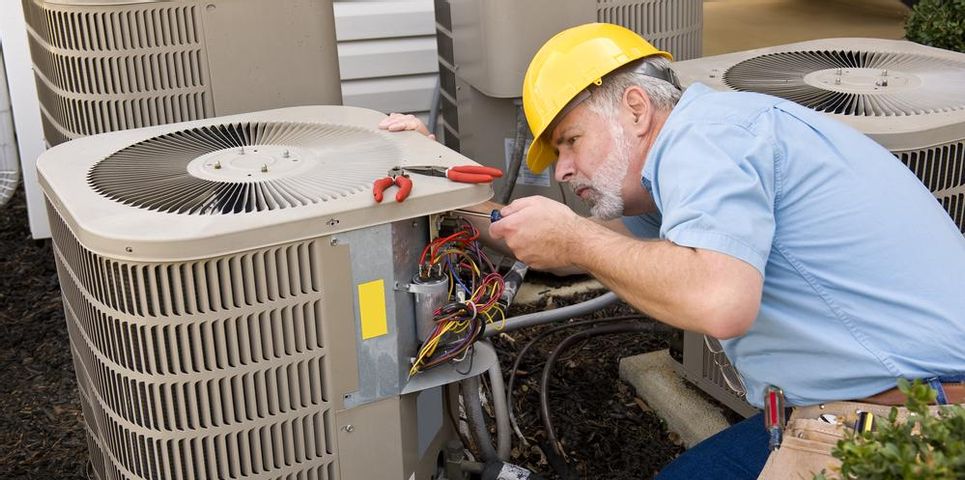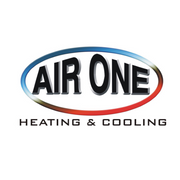
For people in the Southern U.S., air conditioning is essential to maintaining indoor comfort during summer months. Despite how commonplace AC units are, most people don't know how they work. Below is a brief lesson on air conditioner anatomy to help you understand how a system works—and to prepare you for potential problems.
4 Components of an Air Conditioning System
1. Refrigerant
Refrigerant is a type of liquid with a low boiling point. This means it changes from liquid to gaseous form—or evaporates—easily. Refrigerant moves along indoor coils, absorbing heat from indoor air and releasing that heat outside through the outdoor coils. A refrigerant leak in your AC system can cause your unit to malfunction.
is a type of liquid with a low boiling point. This means it changes from liquid to gaseous form—or evaporates—easily. Refrigerant moves along indoor coils, absorbing heat from indoor air and releasing that heat outside through the outdoor coils. A refrigerant leak in your AC system can cause your unit to malfunction.
2. Compressor Unit
The compressor, located in the outdoor unit, is the driving force of an air conditioning system. As the refrigerant moves from the indoor unit to the outdoor unit, the compressor adds pressure and heat, keeping it pumping throughout the whole system. Like any pump, wear and tear can happen over time causing the motor to overheat, parts to break, or motor belts to wear out.
3. Evaporator Coil
The evaporator coil is a series of metal pipes inside of which the refrigerant evaporates. Evaporation occurs when heat is transferred from a surface to a liquid, turning that liquid to gas, and cooling the surface it was on. A fan then blows room-temperature air across the coil, cooling the air, before blowing it into your home. Because coils must stay clean to operate properly, air is first run through a filter. A dirty coil causes inefficient cooling and a clogged filter reduces airflow, preventing cold air transfer and leading to potential freezing of the evaporator coil.
4. Condenser Coil
The condenser coil is the evaporator coil's opposite. Housed in the outdoor unit, the refrigerant returns to a liquid state (condenses) inside these coils, releasing the heat it absorbed from indoor air. Another fan blows air across the vented condenser coil, allowing for the release of heat. After condensing, the refrigerant is pumped back indoors. This cycle continues to repeat, effectively removing indoor heat and venting it outside.
Make sure the outdoor vents are clear of leaves and grass and aren’t blocked by objects like lawn furniture. If the heat can’t be released, the unit could overheat. Because numerous components must work together seamlessly, it's important to have your air conditioning system serviced each spring before seeing heavy use for the year.
For maintenance and repairs on your air conditioning unit, contact Air One Heating & Cooling in Foley, AL. Serving Baldwin County for more than 20 years, they specialize in heat pump and AC repair, service, and installation. Learn more about the company on their website or call (251) 967-1665 to arrange a consultation.
About the Business
(1 reviews)
Have a question? Ask the experts!
Send your question

